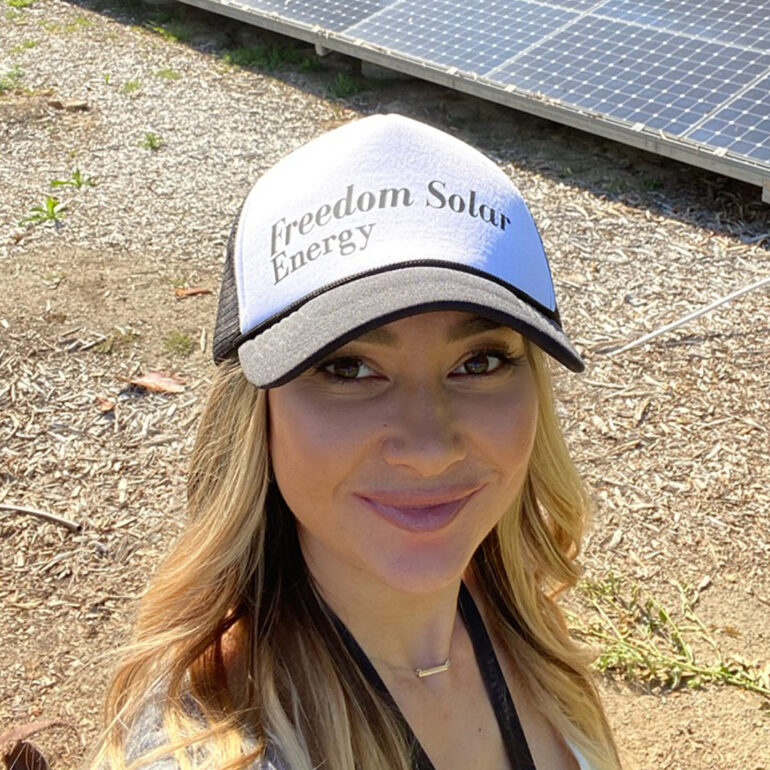Click Like
How to make Facebook advertising work for your pool business

in the last two years, marketing on Facebook has become very sophisticated, and advertising there can be profitable when done correctly.
In 2014, a Gallup poll showed social media influenced only 5 percent of consumers’ buying decisions. The tide has turned since then, says Thorin McGee, editor-in-chief and content director of Target Marketing magazine. “This whole space is constantly changing,” McGee says. “It’s not accurate to say the way it was five years ago is the way it is now. Facebook and Twitter advertising are their own beasts; understanding each one requires the same attention you’d spend to study just one TV network’s advertising, for example.”
Similarly, you wouldn’t spend money on direct mail touting pool ownership to apartment dwellers. This underscores the importance of knowing your prime customer, where to find them and how to talk to them. Facebook has developed into a great resource to find your best prospects on its network and as a cost-effective means to test the potency of your message.
Facebook boasts more than 1 billion registered users, who spend an average of six hours a month logged in to its platform. The secret to winning with Facebook ads is a combination of paid advertising and newsworthy, ‘liked’ content. As your nonmarketing content gets shared, read and liked, Facebook user engagement increases. It helps them and opens your content to more viewers.
Give Facebook What THEY Want, AND You’ll Get What You Want
Facebook wants (and needs) people to stay online for as long as possible, so posting content on your Facebook business page must be newsfeed-worthy and sharable — i.e. not advertising. Facebook users spend half their time in the news feed. Coupling the social content with ad spending is the recipe for success when marketing on this network. Another key to Facebook ad success, McGee says, is the ability to hypertarget prospects.
“Plenty of companies use direct-marketing to target me on Facebook, and I click on a lot of them,” McGee says. “My computer is open right now, and I’m looking at an ad from Amazon. They’re trying to get me to buy something I looked at online a few days ago. That’s a very effective use. But you must have a plan for capturing that interest, and funneling those likes and fans to converted ROI. You also need a plan on how to keep generating that good, quality content which keeps people coming back to you, your content and clicking your ads.”
With your sales funnel mapped out, you’ll need a mechanism for capturing Facebook leads. This traffic is best directed to a separate web page called a landing page. The sole purpose of which is to collect information from interested parties, usually in exchange for a lead-gen item like a report, CD or DVD. David Carleton of LocalBusinessSuccess.com says the next step is critical: Follow up.
“The viewer’s click to your landing page is important; this is the conversion,” Carleton says. “This is where a web page visitor becomes a lead. It’s helpful to understand the sales process from the consumer’s point of view. Many retailers miss this. From the start, their message is ‘BUY RIGHT NOW.’ For a higher-priced item like a pool, this rarely works. It’s like asking someone to marry you on the first date. You need to have different calls to action to properly address everyone in your sales funnel.”
In the case of a pool purchase, Carleton says there’s a gestation period: the time when someone decides to buy and actually makes the purchase after doing their research. “It’s important to know how prospects go through your sales funnel,” he says. “Have a mechanism to get them from A to B, and have an automated follow-up system in place that works 24/7, making sure lead nurturing continues, leading to the sale.”
By all means, be on Facebook, make friends, get likes. But always know the goal is making the sale.






